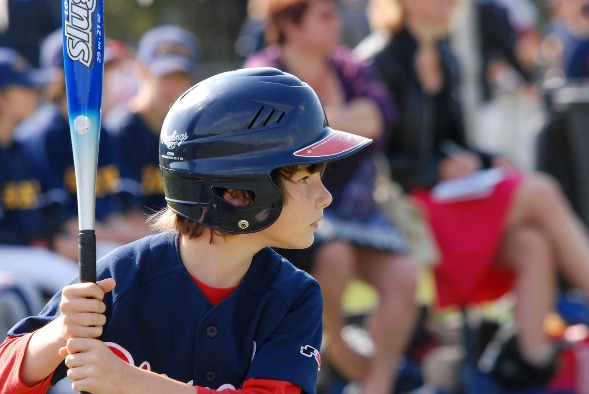Choosing the best youth baseball bats can be a challenging experience if you’re unaware of the fact that now baseball bats are made from a variety of materials. Other than the traditional wooden bats, composite and alloy bats are growing in popularity. Usually, wooden bats are reserved for professionals, tournaments and practice. Some states only allow wooden bats in their games. Choosing a wooden bat is pretty straight forward, but it’s an ordeal when it comes to selecting a non-wood bat, because of the difference in construction materials.
Here are ten important facts about composite and alloy bats you should know:

Composite Bats
Composite bats are manufactured using carbon fiber. This material is suitable for distributing the weight evenly throughout the bat. There are two types of composite bats:
- A balanced weight bat – the weight of the bat is distributed evenly.
- An end-loaded bar – here the bat are heavy at the end of the barrel, which gives it a heavier swing.
Alloy Bats
Unlike composite bats, Alloy bats are made from aluminum and other alloys of other metals. Alloy bats have been in use much longer than composite bats.
So, what are the important facts to know about composite and alloy bats? We have compiled a list of all the benefits and shortcomings of both bat types, check it out.
- Composite bats are effective for minimizing vibration on the hands while swinging the bats. It’s the sting we get when a player hits or missed the ball.
- A composite bat will also give the “pop” more than other bats.
- Composite bats are more expensive that their alloy counterparts. It’s due to the reason that the manufacturing process of a composite bat is more complicated that making a wooden or an alloy bat.
- A composite bat cannot be used soon after it is bought. You need some time for it to “breaking in” a composite bat before you can play with it.
- A composite bat will not give you the “pop” until it’s broken in.
- Alloy bats are typically less expensive to make than composite bats.
- Alloy bats can be used straight away after unwrapping them. You don’t need to “breaking in” an alloy bat.
- Alloy bats rank high when it comes to durability, and the only damage they get is denting.
- Alloy bats can still be used, even if they are bent or dented. Only if the bats crack, it becomes un-usable.
- Alloy bats give less “pop”, when they hit a ball, and have a smaller sweet spot as well. However, if you buy a pricier alloy bat, then the sweet spot tends to be longer. Premium alloy bats are also well-balanced than cheaper alternatives.
Breaking in a Composite Bat
Before you go, here are a few tips on how to breaking in a composite bat.
- Hit a regular baseball or a softball up to 150 times or more with the bat.
- While hitting the ball, rotate the bat. This technique will evenly break in the bat and increase its lifetime too.
- Don’t break in your bat hitting a tree or rolling it on the ground. This will damage your bat and also void your manufacturer’s warranty.
- Use these tips responsibly to break in your composite baseball bat properly.
Author-Bio
 Javier Turner is a regular contributor to many popular sports magazines worldwide and has been a sports reporter for many years. He owns a best youth baseball bats store and is involved in many sports associations. He used to coach a youth baseball team and is a keen sports memorabilia collector.
Javier Turner is a regular contributor to many popular sports magazines worldwide and has been a sports reporter for many years. He owns a best youth baseball bats store and is involved in many sports associations. He used to coach a youth baseball team and is a keen sports memorabilia collector.

